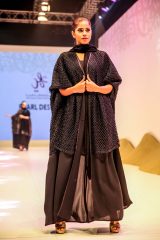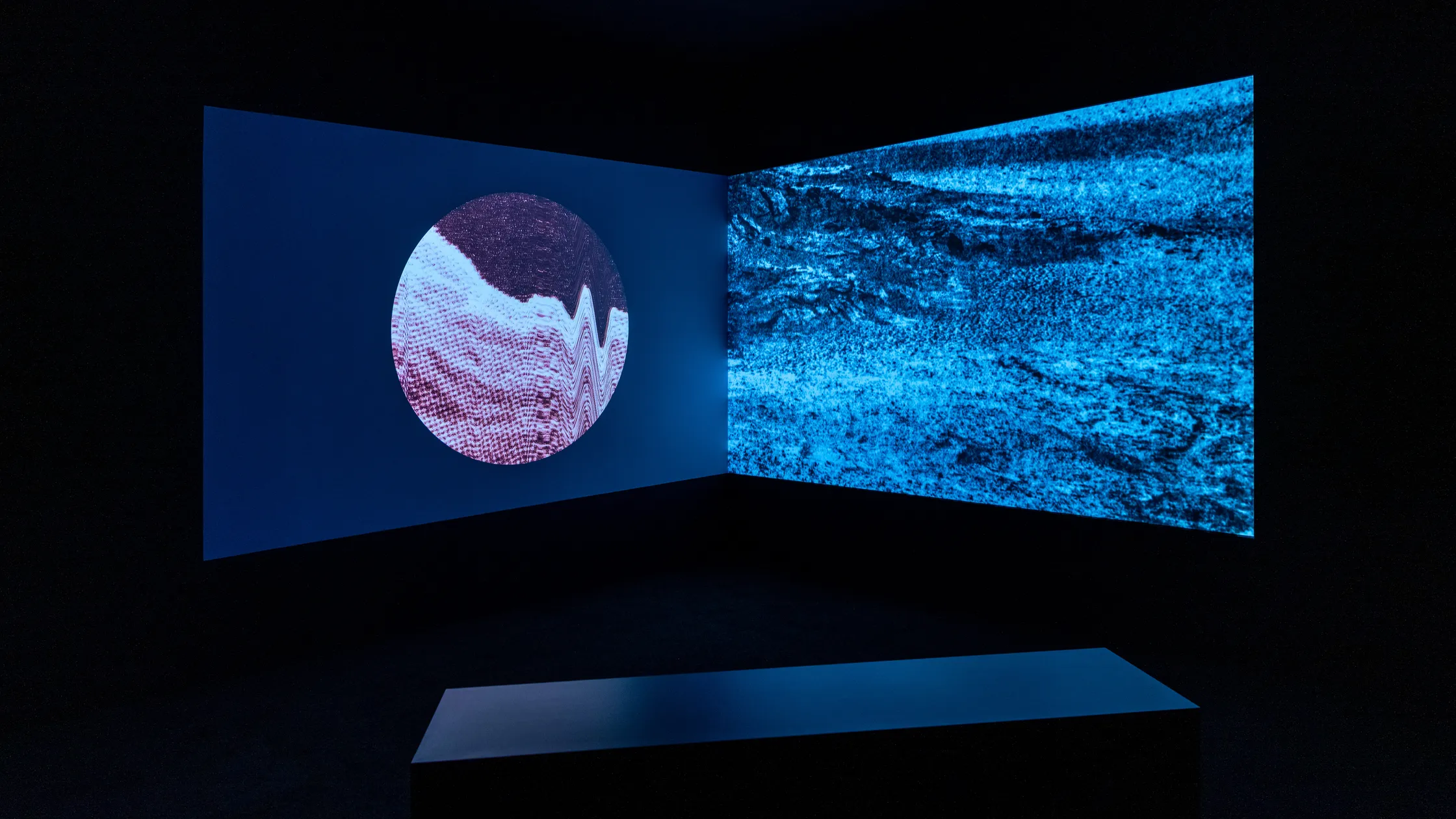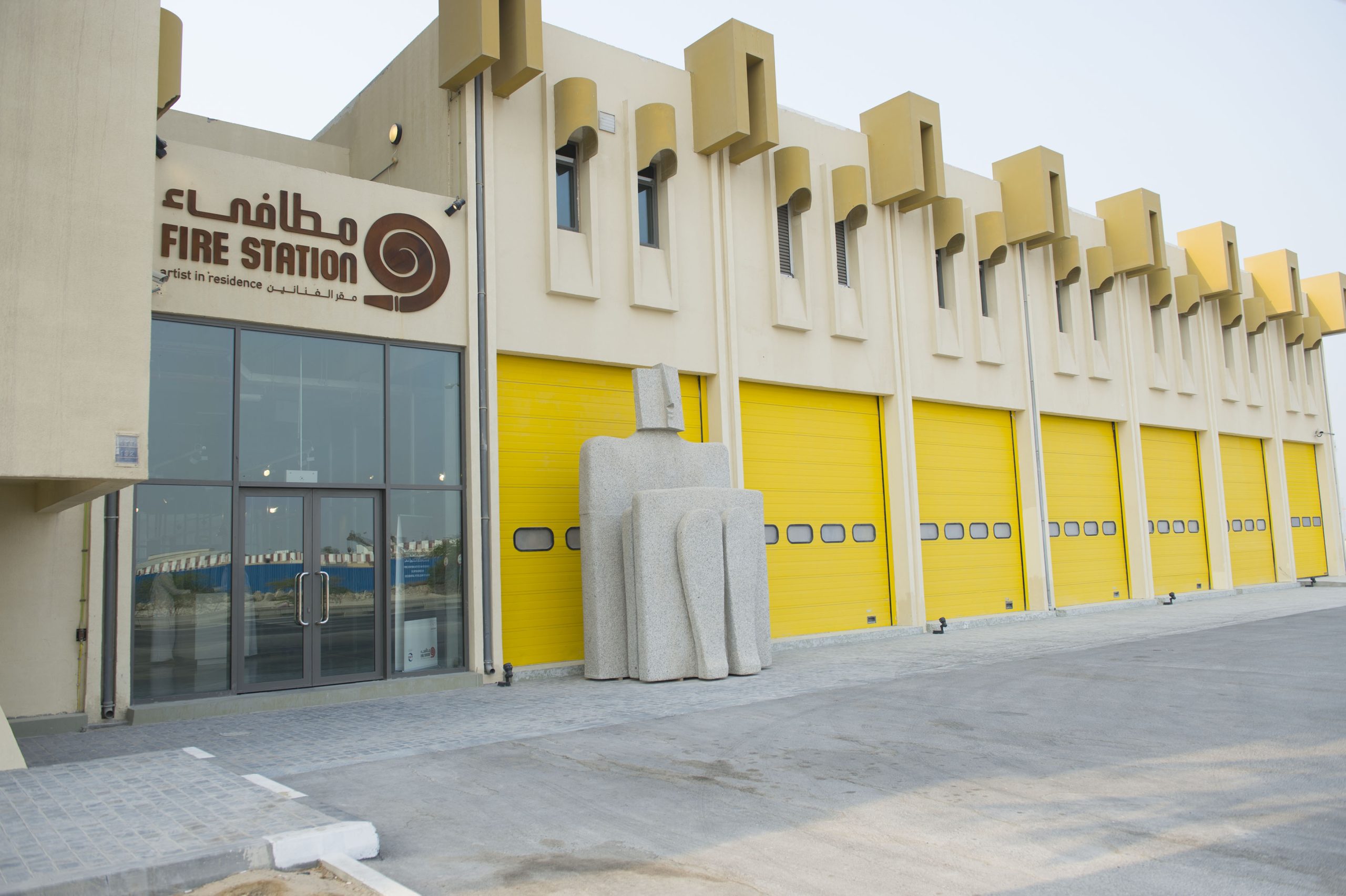All photos by Chantelle D’mello
Bright colors and bold patterns have taken center stage at the Doha Exhibition Center this week during the seventh annual Heya Arabian Fashion Exhibition.
Thousands of women, many of them Qataris, have been flocking to the show over the past few days to check out the latest in bespoke and haute Khaleeji couture.
The exhibition last convened in November 2014 and traditionally been a huge draw among local women, with over 30,000 visitors expected this week.
What’s on display
This year, Heya, Arabic for “she,” has featured some 337 regional fashion brands. Almost a third are from Qatar, while others hail from the UAE, Saudi Arabia, Bahrain, Kuwait and Oman.

New features include daily fashion shows on a desert-themed ramp that highlight some of the most popular items of clothing. There are also three cafes spread across over the venue.
The exhibition’s various boutiques are full of mannequins and racks boasting crisply-ironed jeweled and sequined dresses in various hues and neon accents, showcasing everything from party dresses to kaftans, jalabiyas, abayas, and other apparel catering to the local market.
Meanwhile, models outfitted in couture gowns – some worth more than QR5,000 each – walk around the center, passing out cards and directing visitors to their respective booths, while store attendants offer visitors Khaliji sweets, drinks, and fruit-infused waters to prospective buyers.
New trends
Speaking to Doha News, several designers said they have been seeing an increasing preference for bright colors and new textures at this year’s show.Bahraini designer and owner of Jupon, Badreya Khaled, said:
“It’s all about the colors now. Where customers used to buy black abayas, they are using this exhibition to shop for different colors – beiges, blues.
The customer base is growing younger too, and more and more young women are looking to experiment, especially for abayas and traditional outfits to wear abroad on their travels. It’s like they’re coming out of their shell.”
The 27-year-old added that traditional clothing featuring new textures like denim and sheer abayas were also gaining popularity.

For Qatari designer Sanaa El Haddad, whose brand Jabador focuses on oriental and Moroccan-inspired hand-embroidered bishts and dresses, this year’s exhibition has surpassed expectations. Speaking to Doha News, El Haddad, who owns a store in Bin Mahmoud said:
“I showcased my work at the first Heya exhibition many years ago, but it wasn’t as good. The poor attendance deterred me from participating in the subsequent exhibitions, because they weren’t as good either. This year however, it’s the best that I’ve seen. There are more people visiting and buying, and that’s great.”
For other designers however, like first-time exhibitor Alia Al Wahaib, the event’s turnout has been underwhelming. The 31-year-old Kuwaiti owner of A Line Design said that she had expected a larger crowd.
“I’ve only been designing for a year now. I exhibited my work once in Kuwait, and this is the first time that I’m at Heya. This is definitely a bigger scale, but isn’t as good. It needs to be better advertised. I’m not sure if it’s worth coming back here again,” she said.
The exhibit runs from 1 to 10pm daily until Monday, June 15. Men and children are not allowed (though there was a spouses’ day on Friday), and visitors are required to complete a short registration at the DEC prior to entering the venue.
Thoughts?















